
Waste-to-Energy facilities divert waste from landfills to generate energy from the waste. Our Waste-to-Energy facilities are designed to convert the waste that remains after recycling into electricity for homes and businesses and/or Gases for export to industries etc.
Waste-to-Energy is a technologically advanced means of waste disposal that is widely recognized for reducing greenhouse gases—particularly methane—by eliminating emissions from landfills. Scientists have identified landfills as super emitters of methane , a greenhouse gas that is 84 times more potent as a climate-warming gas than CO₂.

Imagine a world where the Demonstration-testing for Waste-to-Energy technology adoption was supported from the state and municipal level, and our waste was viewed as a commodity instead of an expense. Initially, the proportion of states and cities that see the opportunity will be modest, but the Reuse proposal will justify an extended development of Waste-to-Energy infrastructure areas, and quickly balance the proportion.
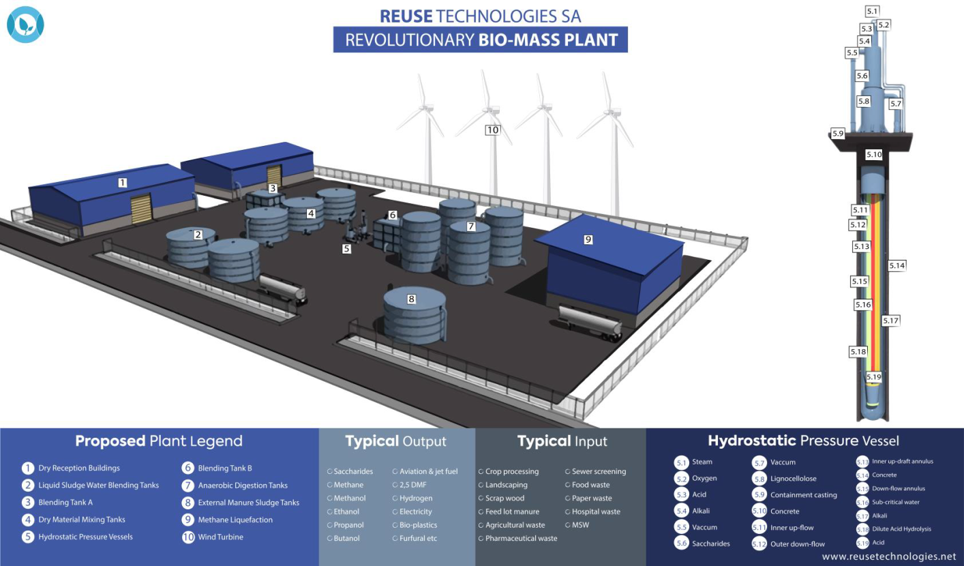
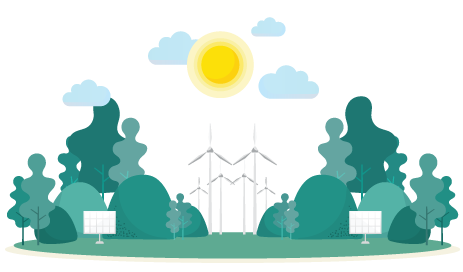
The Plant has been designed to meet a basic requirement of “affordability” while adhering to acceptable environmental criteria. The facility also offers an ideal economic solution through safe and technologically advanced means of diverting organic waste material from the landfills, while also generating clean, renewable energy, reducing greenhouse gas (in particular methane gas emissions), and supporting recycling through the recovery of metals and other recyclable materials.
In doing so the facility adheres to the conditions of the Kyoto protocol wherein countries limit or reduce their greenhouse gas emissions. These binding targets on emission reductions have an economic value which in turn helps countries meet their emission targets, and encourage the private sector and developing countries to contribute to emission reduction efforts.
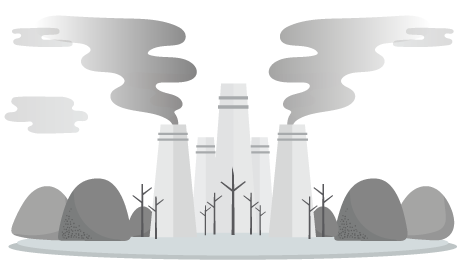

Segregation into recyclables, Inert and Plastics as per National Waste Management Plan

Raw materials will be diverted away from landfill and other toxic processes, preventing the degradation of organic waste material into greenhouse gases and land contamination. Avoided emissions from organic waste through alternative waste treatment processes
Leachate Collection & Treatment System to maintain discharge norms;

The exhaustive Flue Gas Cleaning System makes Project as Source of clean renewable energy


Global climate benefits recognized under the KYOTO Protocol’s Clean Development Mechanism;

Less land requirement compared to any other waste management technology due to small plant footprint.
Rainwater Harvesting System & Exhaustive Fire Fighting System installed.

Wind Anemometer and Ultrasonic Hooter system for avoiding bird menace.

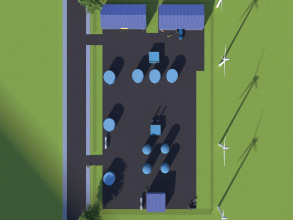
The plant aims to achieve “ZERO WASTE”.

No toxic emissions or particulates will be released to the air or ground during the conversion process- therefore satisfying the Stockholm Convention.
The Company’s Facilities will be designed to meet a basic requirement of “affordability” while adhering to acceptable environmental criteria. During the Conversion Process no toxic emissions or particulates will be
released to the air or ground - therefore satisfying the Stockholm Convention2.
Raw materials will be diverted away from land fill and other toxicprocesses, preventing the degradation of
organic waste material into greenhouse gases and land contamination.
The application of our proprietary system using “Wind Turbines” to Generate Compressed Air in Storage Tanks (Compressor) for use Pneumatically
Machines are easily designed using standard cylinders and other components, and operated via simple on-off control.
Pneumatic systems generally have long operating lives and requires little maintenance. Because air is compressible, equipment is less subject to shock damage. Air absorbs excessive force, whereas fluid in hydraulics directly transfers force. Compressed air can be stored, so machines still run for a while if electrical power is lost.
there is a very limited chance of fire and newer machines are usually overload safe.
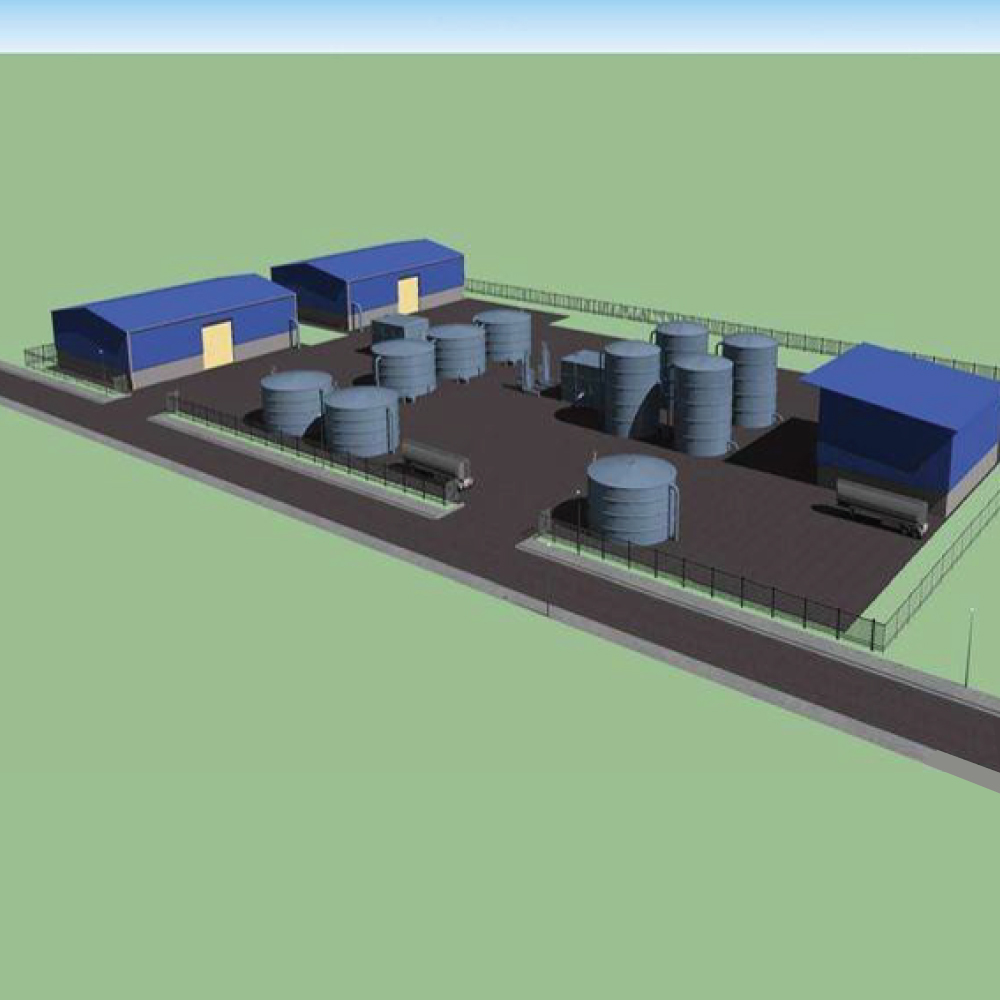
The process of reducing Biomass (Ligno-Cellulose) to the Saccharides by Dilue Acid Hydrolysis has been in use for over 130 years. There are three stages to this process:
Stage 1 – Preparation of the Biomass
Stage 2 – Extracting saccharides
Stage 3 - Converting of the saccharides into End Products.
View Plant VideoAssuming the input material is non-food based biomass, we mix the biomass in water & then the mixture is shredded and separated from any residual materials.
This biomass mixture is then extracted and passed through a macerating pump to the down-flowing annulus of the Hydrostatic Pressure Vessel.
The process of extracting Saccharides from Biomass uses Dilute Acid Hydrolysis
The process extracts the “pent up” Saccharides from the Biomass
This releases the Saccharides for processing into further products
After saccharides are extracted, they are cleaned & concentrated in water.
The output is then converted into the chosen revenue products.
The Company can consider a variety of end products, ranging from Methane to Butanol; Aviation fuels to Hydrogen, and Electricity and Heat.
The processing is totally contained in water and thus cannot produce odors or any toxic residues, and all of the input materials are converted to valuable products.

Our HPV process facility can be adapted to different Waste-to-Energy problems, and Reuse Technologies SA offers a range of Metro Solutions for the Urban Environment.